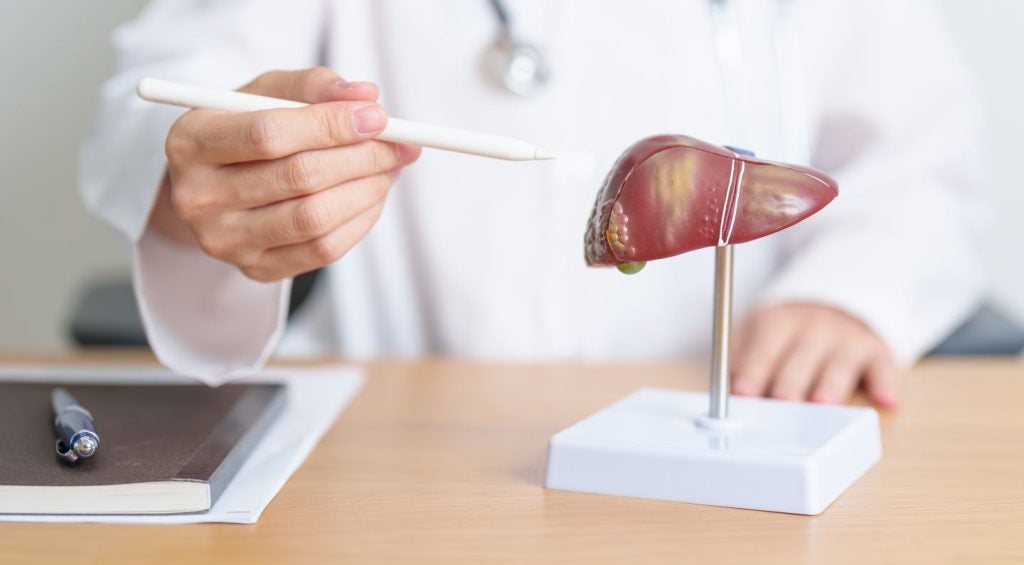Calliditas Therapeutics has reported that the Phase IIb TRANSFORM clinical trial of setanaxib, a NOX enzyme inhibitor, in people with primary biliary cholangitis (PBC) and elevated liver stiffness, met its primary endpoint.
The double-blind, randomised, placebo-controlled trial assessed the impact of setanaxib at doses of 800mg AM plus 400mg PM (1,200mg arm) and 800mg BID (1,600mg arm) over a 24-week treatment period.
This analysis included 76 PBC patients with elevated liver stiffness and revealed a statistically significant improvement in alkaline phosphatase (ALP) levels for both dosage groups compared to placebo.
The treatment groups were well-balanced without any clinically significant differences at baseline.
Notably, more than 40% of the participants were on dual therapy comprising ursodeoxycholic acid (UDCA) and either Ocaliva or Bezafibrate and 13% were on triple therapy during the study, indicating setanaxib's additional benefits beyond the standard of care.
Subjects receiving setanaxib demonstrated significant ALP reductions of 19% in the 1,600mg arm and 14% in the 1,200mg arm, along with positive trends in liver stiffness at 24 weeks.
Setanaxib was also found to be well-tolerated with the treatment-emergent adverse events (TEAEs) and serious TEAEs comparable between the active treatment and placebo groups.
However, the rate of TEAEs leading to study discontinuation was higher in the active treatment group.
Calliditas CEO Renée Aguiar-Lucander said: “These positive data provide further clinical evidence of the potential of setanaxib in multiple rare diseases, and we are very pleased that we now have additional positive clinical evidence in support of our unique, first in class NOX platform.
“We also look forward to the read out of the investigator led study in IPF, as well as the ongoing study in Alport syndrome in due course.”
Calliditas is also conducting further clinical trials with setanaxib, expecting topline data from an investigator-led Phase II trial in idiopathic pulmonary fibrosis (IPF) in late 2024 or early 2025, and from a Phase II proof-of-concept trial in Alport syndrome in 2025.









